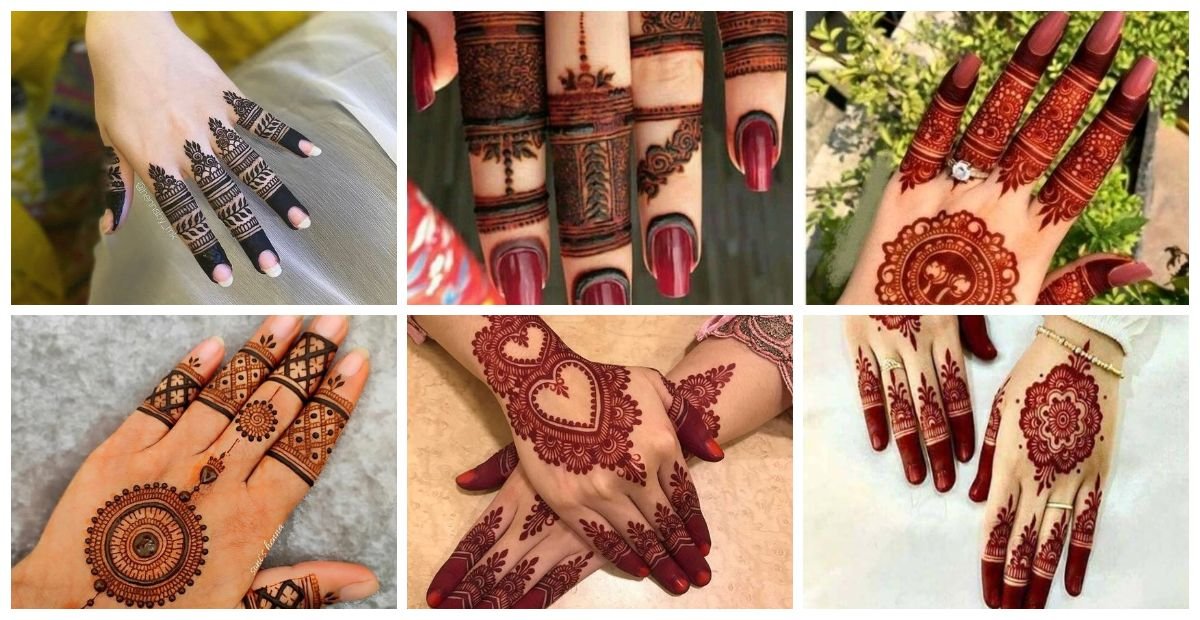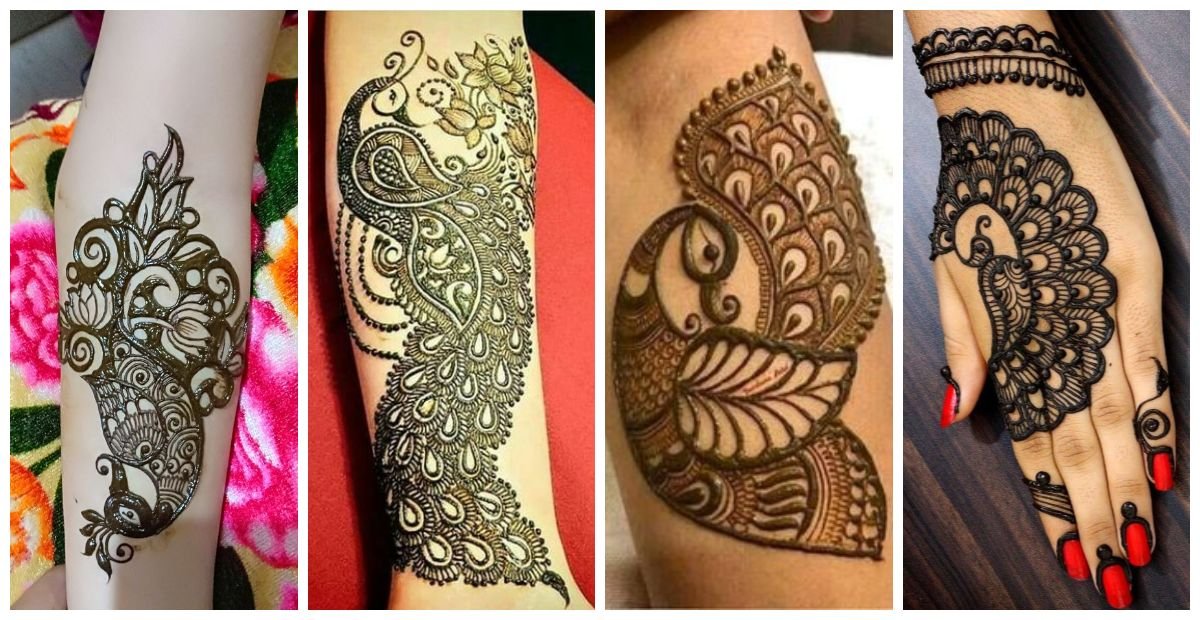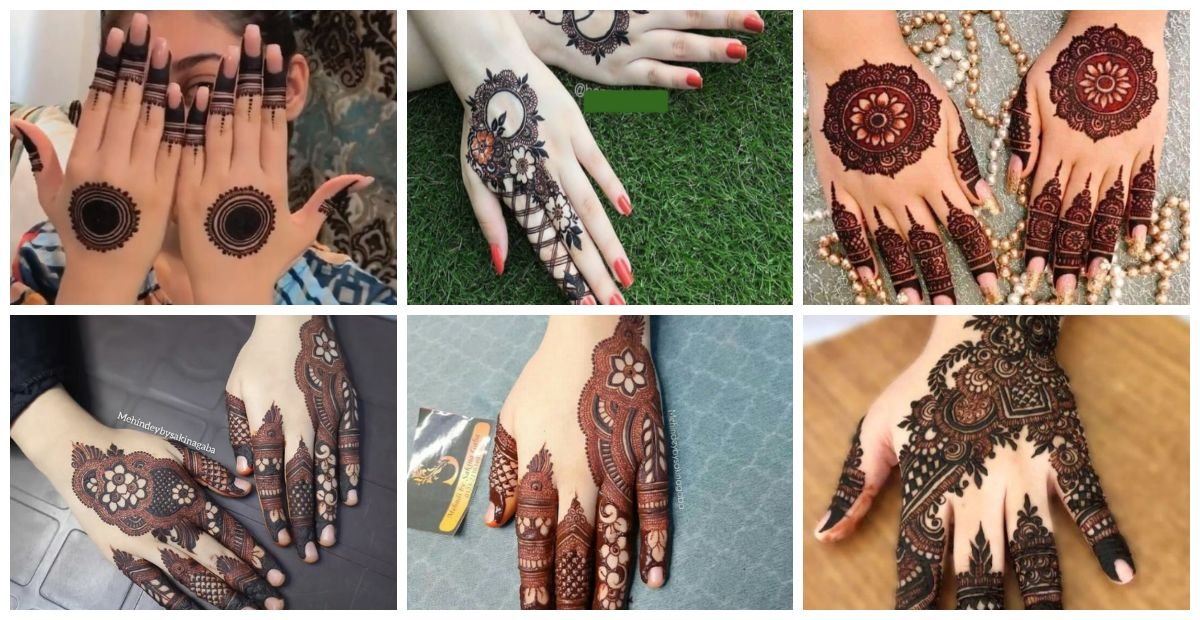Leg mehndi design, also known as henna, is an ancient form of body art that has been practiced for centuries, especially in South Asian and Middle Eastern cultures. While traditionally applied to the hands and feet, mehndi designs on the legs have gained popularity in recent years, offering a unique canvas for intricate artwork.
Leg Mehndi Design
The practice of applying mehndi dates back thousands of years, with its origins rooted in ancient India. It was initially used for cooling purposes in hot climates and eventually became a symbol of celebration and auspiciousness, particularly during weddings and festivals. Today, leg mehndi design continues to be an integral part of cultural traditions, symbolizing beauty, prosperity, and good luck.
Popular Leg Mehndi Design Styles
Leg mehndi designs come in various styles, each with its own unique characteristics and origins. Traditional Indian designs feature intricate patterns inspired by nature, such as flowers, peacocks, and paisleys. Arabic designs, on the other hand, often incorporate bold geometric shapes and floral motifs. Modern fusion designs combine elements from different cultural styles, resulting in creative and eclectic patterns that cater to individual preferences.
Preparation for Applying Leg Mehndi
Before applying leg mehndi, it’s essential to prepare the skin properly to ensure a smooth and long-lasting design. Start by cleaning and exfoliating the skin to remove any dirt, oil, or dead cells. Next, choose the design you want to apply and gather the necessary materials, including fresh henna paste, cones or stencils, and essential oils for sealing.
Step-by-Step Guide to Applying Leg Mehndi
Begin by preparing the henna paste by mixing henna powder with water, lemon juice, and essential oils to achieve a smooth consistency. Then, using cones or stencils, carefully apply the design onto the legs, starting from the ankles and working your way up. Be creative with your patterns, incorporating swirls, dots, and lines to create intricate designs. Once the design is complete, allow the mehndi to dry for several hours before gently sealing it with a mixture of sugar and lemon juice.
Tips for Long-Lasting Leg Mehndi
To ensure that your leg mehndi lasts as long as possible, it’s essential to take proper care of it. Avoid contact with water for the first 24 hours after application, as moisture can cause the design to fade prematurely. Additionally, moisturize the skin regularly to keep it hydrated and supple, and avoid friction from tight clothing or shoes that can rub off the mehndi.
Removing Leg Mehndi Safely
When it’s time to remove the mehndi, there are several methods you can try. Natural methods, such as rubbing olive oil or coconut oil on the design and gently scrubbing with a loofah, can help fade the mehndi gradually. Alternatively, you can use chemical removers specifically designed for henna stains, such as hydrogen peroxide or nail polish remover, although these methods may be harsh on the skin and should be used with caution.




b











Leg mehndi design is not just a form of body decoration but a symbol of tradition, culture, and individuality. From traditional Indian motifs to contemporary fusion styles, leg mehndi offers a diverse range of options for self-expression and adornment. Whether it’s for a special occasion or everyday wear, leg mehndi continues to captivate and inspire people around the world with its timeless beauty and charm.
FAQs about Leg Mehndi Design
- How long does leg mehndi last? Leg mehndi typically lasts for 1-3 weeks, depending on factors such as skin type, care routine, and the quality of the henna paste used.
- Can anyone get leg mehndi done? Yes, leg mehndi can be done on anyone, regardless of age, gender, or skin tone. However, individuals with sensitive skin or allergies should perform a patch test before applying mehndi.
- Is leg mehndi painful? Applying mehndi is generally painless, although some people may experience a mild tingling sensation or warmth as the paste dries. If you have sensitive skin, you may feel slightly uncomfortable during the application process, but it should not be painful.
- How do I choose the right leg mehndi design? When choosing a leg mehndi design, consider factors such as the occasion, your personal style, and the complexity of the design. Browse through design catalogs or consult with a professional mehndi artist for inspiration and guidance.
- Can I swim with leg mehndi on? It’s best to avoid swimming or prolonged exposure to water for the first 24 hours after applying leg mehndi, as moisture can cause the design to fade or smudge. After the initial drying period, you can swim normally, but keep in mind that chlorine and saltwater may affect the longevity of the mehndi.






